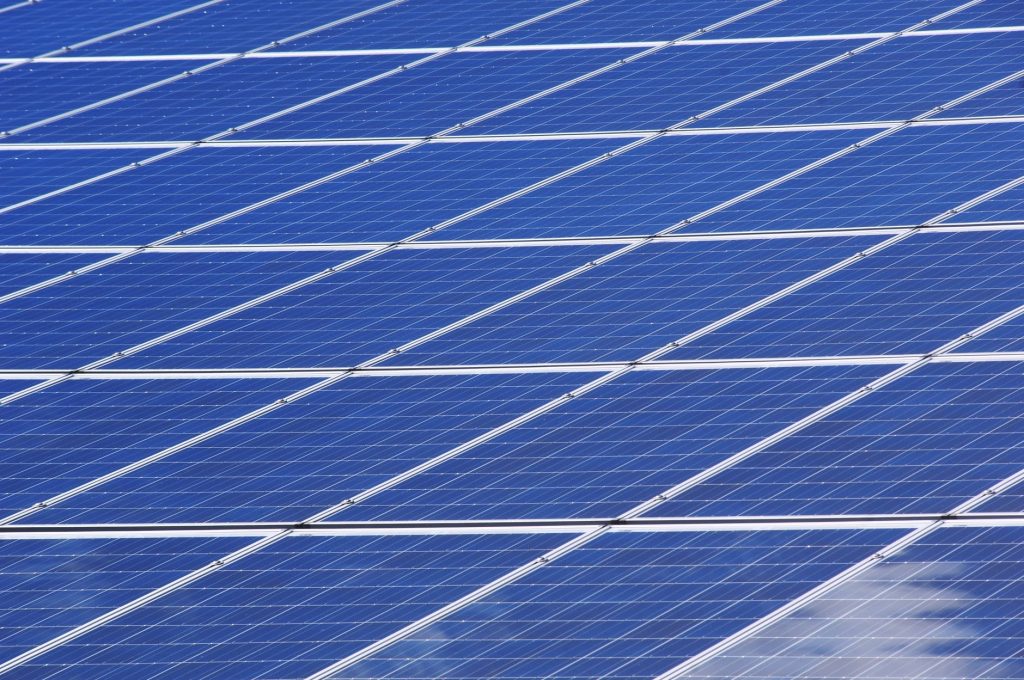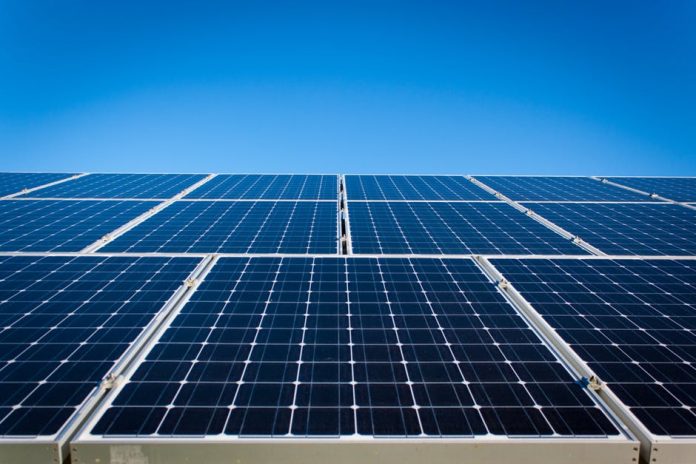The solar industry has been faced with one technological challenge which is to enhance cell adeptness. However, when sunlight rays bounce off of a solar module, it becomes hard to hit the solar cells which prevent the production of energy. 4% of light falls on a natural glass cover which means that the light does not contribute to electrical energy.
The need to minimize undesirable reflection has led to the invention of Solar PV coating design. This method is aimed at decreasing reflection levels and boosts the energy produced by the solar modules.
Solar PV coating minimizes undesirable reflections from smooth surfaces which result in glare and glint and can boost the optical energy conveyed to underlying optoelectronic gadgets such as solar cells and optical sensors.
Solar PV

Worldwide fitted PV has now reached 303 Gigawatts. The remarkable increase in PV introduction is somewhat caused by a reduction in cost and progress in developing countries, which is a good answer to the need for electricity. With the sustained growth in the PV market and latest installations, the need for servicing the present infrastructure via the Application of Solar PV coating provides a convincing and economical solution to current O & M methods.
Solar PV coating via design can also be combined in the manufacturing process enabling a ‘fit and forget’ resolution for operators.
Building Integrated (PV)
The solar industry has experienced an increase in utilization of BIPV, which shows that the application of self-cleaning coating such as Solar PV coating is advantageous. BIPV makes glass to be transparent so as to provide clean and free energy and also provides the operators an opportunity to design attractive clean energy constructions. BIPV that is self-cleaning is a major boost through the minimization of Q and M costs and functioning adeptness.
Nevertheless, there is a second benefit, issues to do with long-term Q and M costs, have and spur constructions designs. By disproving the need to clean the BIPV, makes developers or architect to create buildings combining BIPV in inaccessible areas which enhances the further use of BIPV, thus rising energy adeptness and allowing for more innovative architectural designs.
Curtain Glass Walling
The Solar PV coating technology has applications for a non-PV glass like glass walling technologies. It is believed that the operation and sustenance cost of cleaning the glass can be more than the cost of the technology for about seven years. With the rate at which these technologies are being used, the application of self-cleaning system like Solar PV brings more advantages such as cutting down on Q and M costs, water consumption and environmental advantages via the non-use of chemical cleaning solutions.
PV Inventions
Solar PV is believed to become the number one renewable source. Driven by the cut down in cost of solar PV and emerging inventions in cell & module design, enhanced adeptness will support the broader use of the system.
This can be observed with the migration towards and progress of electric vehicles that are spawning sola copies for revitalizing stations.
Together with producing battery storage solar, reconsideration in transport like active movement for individuals, or electric fan business jets the combination and utilization of PV will prove a natural since it will have proven not possible in the past generation.
The economical operation and sustenance via PV optimization through a self-cleaning system like Solar PV coating will be vital to their broader embracing and appeal.
The critical PV Protection
Repulsive surfaces receive very low surface energy or anti-stick character which resists water, dust, and dirt from sticking to the surface.
Any dirt particles that fall on a Solar Panel will be driven away by wind or swept away by water droplets which are strongly resisted from the surface.
Saving cost on cleaning
Usual solar PV cleaning involves manual cleaning or the use of sprinkler piping technology that utilize water or blown air technology. Another method is the use of costly robots.
In all the above method, regular cleaning and sustenance of the solar panels is costly and may cause surface defects like micro-cracks and thermal shocks the reduces energy generated and defects modules.
Solar PV technology seems to be a low-cost coating system.

